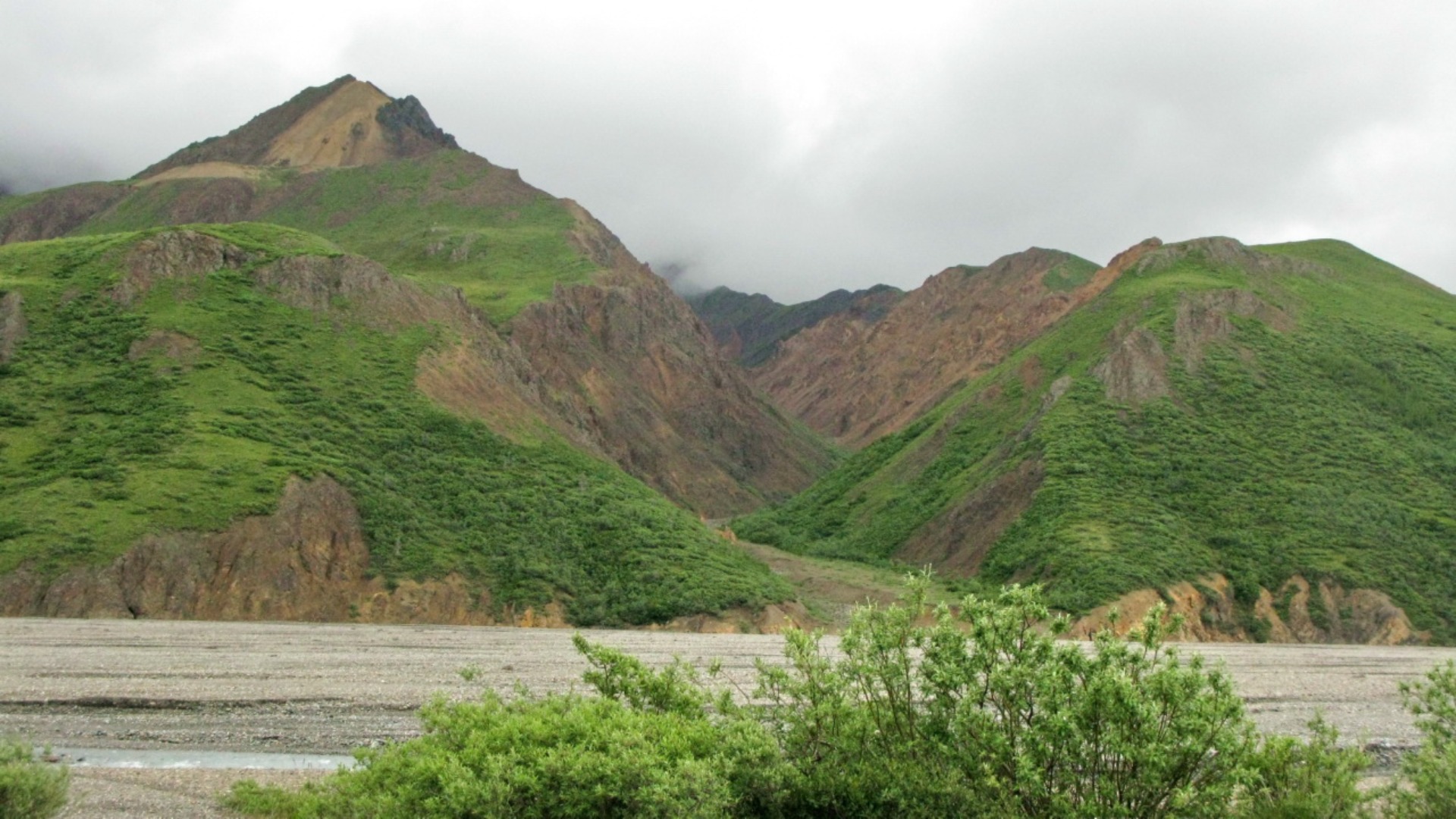Experiencing wildlife in their natural habitat ranks among the most thrilling aspects of outdoor adventure. As dawn breaks over misty meadows and dusk settles on forest edges, the opportunity to witness magnificent creatures like moose trudging through shallow waters or elk bugling across valleys creates memories that last a lifetime.
For wildlife enthusiasts and camping aficionados alike, certain campgrounds across North America offer exceptional opportunities to observe these majestic animals safely and responsibly. From the remote wilderness of Alaska to the sprawling forests of the Rockies, this guide explores the premier camping destinations where wildlife viewing isn’t just possible—it’s practically guaranteed.
Denali National Park, Alaska: Moose Country Paradise
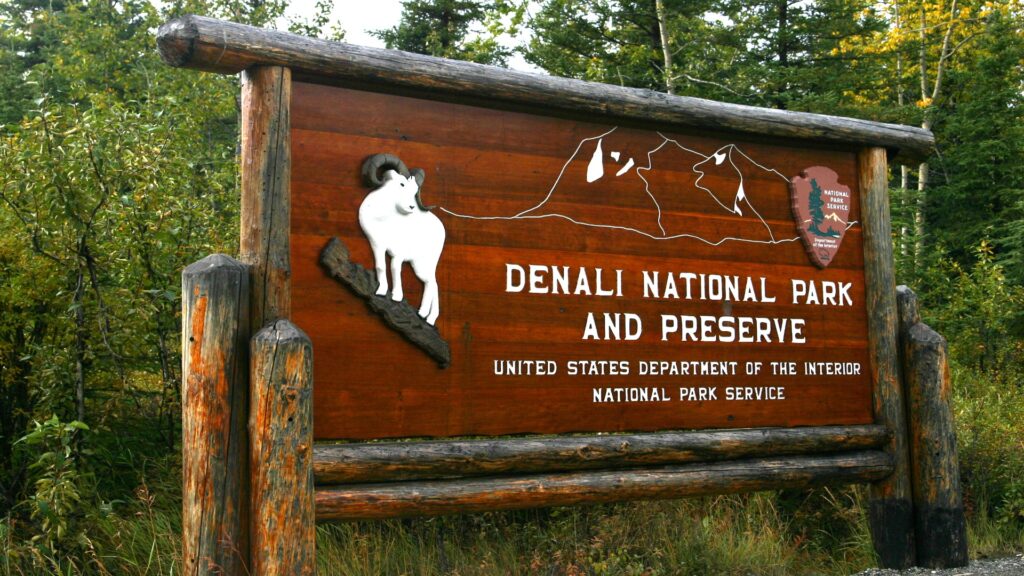
Denali National Park stands as the crown jewel of wildlife viewing opportunities, particularly for moose enthusiasts. The park’s six million acres of wild landscape houses approximately 1,800 moose, making sightings common during summer months when they frequent wetlands and shallow ponds. Riley Creek, Wonder Lake, and Teklanika River campgrounds offer strategic positions near prime moose habitat, with early morning and evening being optimal viewing times. Visitors should remember that despite their seemingly docile nature, moose require respectful distance, as they can become aggressive if feeling threatened, particularly cows with calves in spring and early summer.
Rocky Mountain National Park, Colorado: Elk Viewing Central
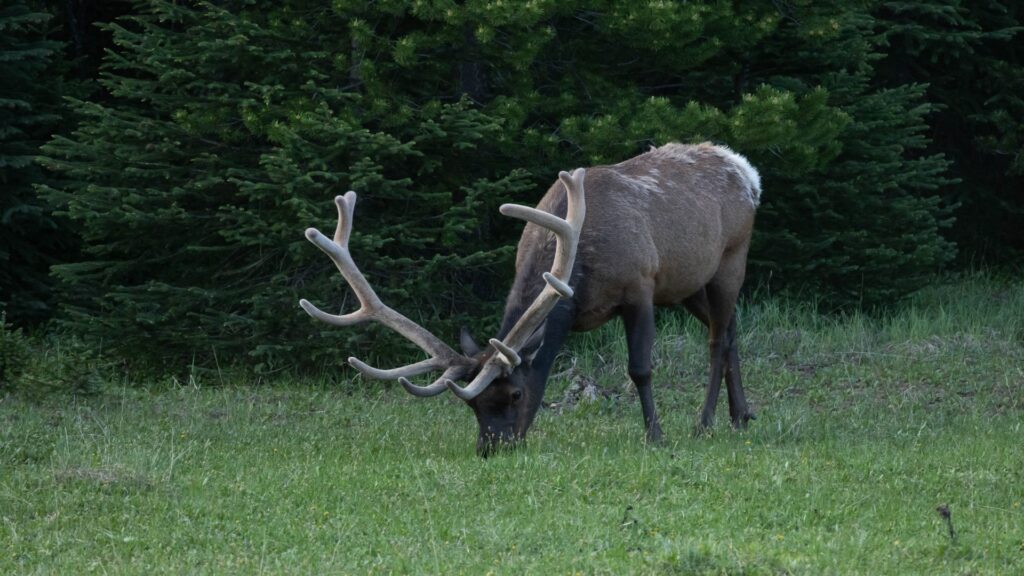
Few wildlife spectacles rival the fall elk rut in Rocky Mountain National Park, when mature bulls bugle and clash antlers in displays of dominance. Moraine Park Campground sits adjacent to expansive meadows where herds of 100+ elk gather during mating season from mid-September through October. Even outside rutting season, the park’s estimated 3,000 elk make sightings common year-round, with dawn and dusk offering prime viewing opportunities. Park rangers often conduct “Elk Ecology” talks during peak seasons, providing fascinating insights into these magnificent animals’ behaviors and habitat needs.
Yellowstone National Park, Wyoming: America’s Wildlife Sanctuary
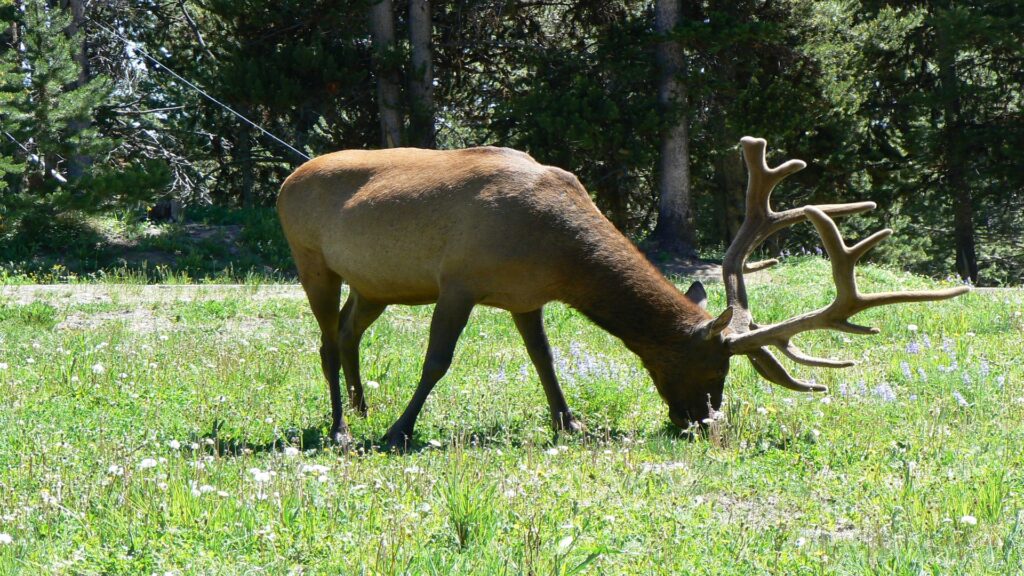
As America’s first national park, Yellowstone remains unparalleled for wildlife diversity, hosting the largest concentration of mammals in the lower 48 states. The Lamar Valley, accessible from Slough Creek and Pebble Creek campgrounds, has earned its nickname as “America’s Serengeti” with regular sightings of bison, wolves, bears, pronghorn, and elk. The Hayden Valley, near Canyon Village Campground, offers equally impressive wildlife viewing, particularly at dawn when animals are most active. Yellowstone’s Madison campground provides excellent opportunities to spot elk moving between grazing areas, while the Roosevelt area hosts both moose and elk populations in its riparian zones.
Grand Teton National Park, Wyoming: Moose Heaven
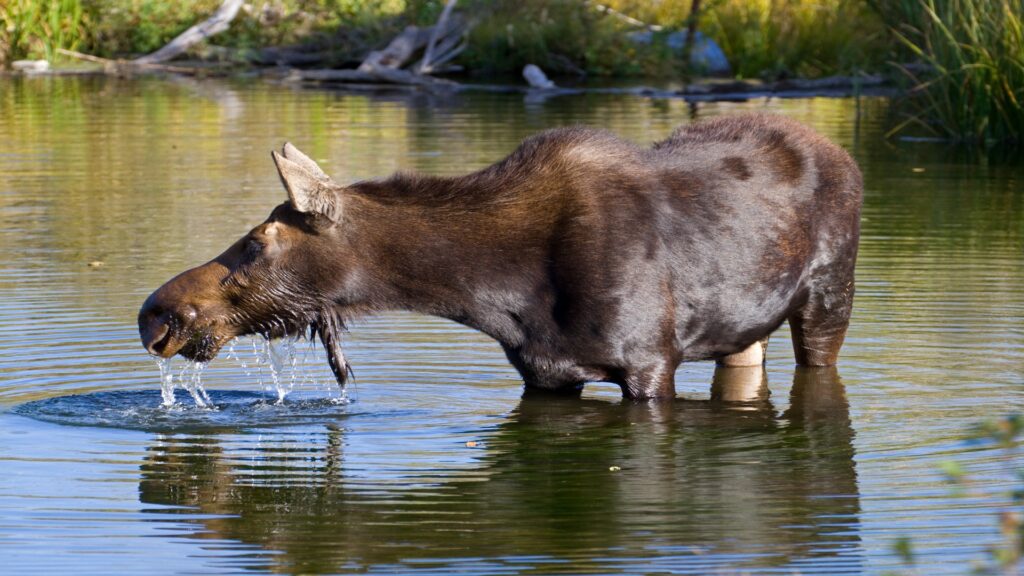
Grand Teton National Park hosts one of the most reliable moose populations in the continental United States, with approximately 500-800 individuals. The Gros Ventre Campground, situated near several beaver ponds and the Gros Ventre River, offers perhaps the most consistent moose viewing opportunities in the park system. Morning excursions along Moose-Wilson Road or toward Oxbow Bend frequently reward patient observers with sightings of these massive animals feeding on aquatic vegetation. The Jenny Lake area, while more crowded, also provides excellent wildlife viewing plus the bonus of the park’s iconic mountain backdrop.
Isle Royale National Park, Michigan: Isolated Moose Sanctuary
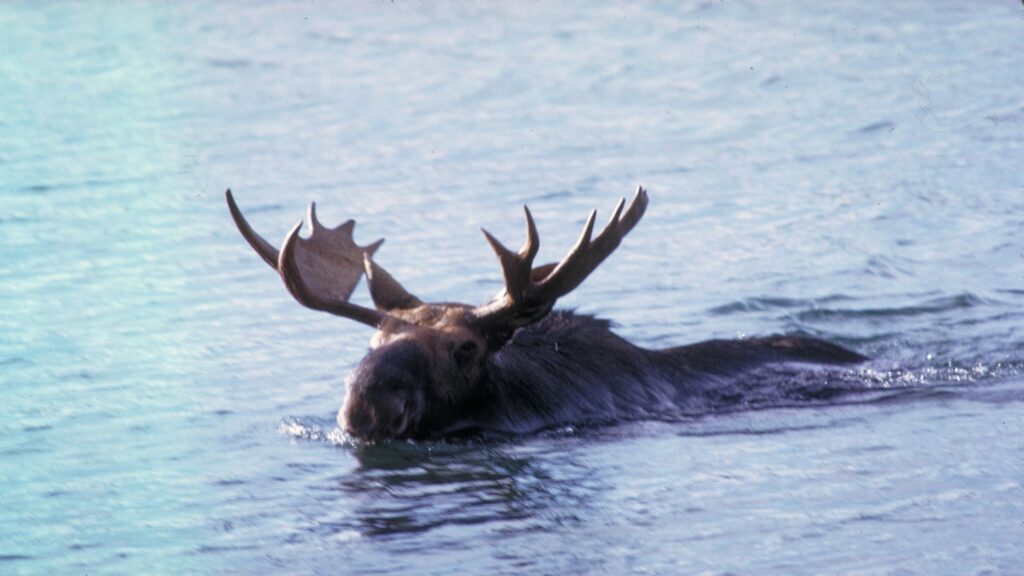
For a truly unique wildlife experience, Isle Royale offers an extraordinary opportunity to observe a closed ecosystem where wolves and moose have interacted for decades without human interference. This remote island in Lake Superior hosts approximately 1,800 moose with no roads and limited access, creating one of the most pristine wildlife viewing environments in the country. The island’s three campgrounds—Rock Harbor, Windigo, and numerous backcountry sites—provide starting points for hiking trails where moose sightings are common near inland lakes and bogs. The park’s isolation requires advance planning, as it’s only accessible by ferry or seaplane and closed completely from November through April.
Algonquin Provincial Park, Ontario: Canadian Moose Mecca
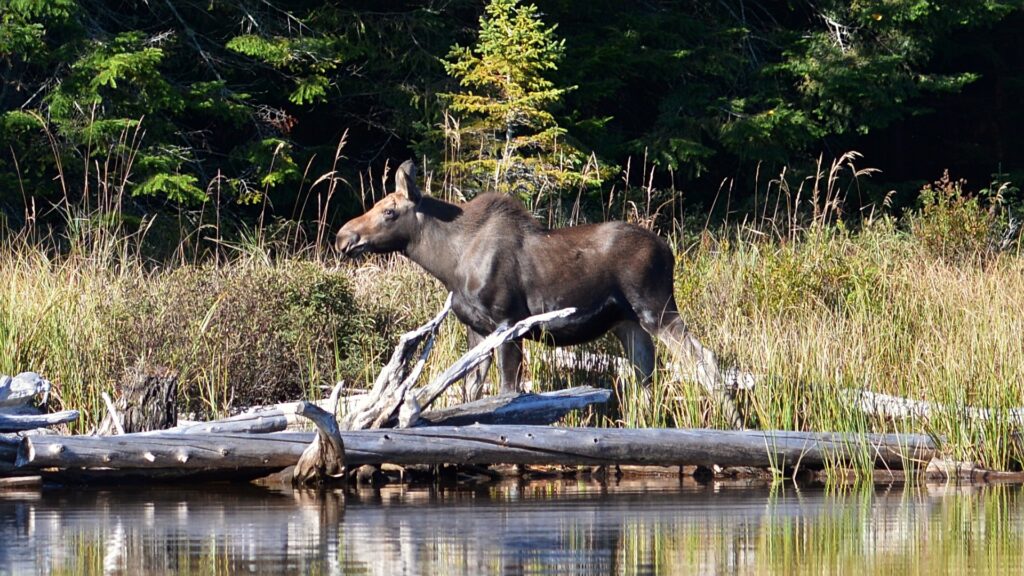
Crossing into Canada, Algonquin Provincial Park represents one of North America’s premier moose-viewing destinations with an estimated population of 3,000. The park’s Highway 60 corridor, accessible from campgrounds like Lake of Two Rivers and Mew Lake, has earned fame as “Moose Alley” due to frequent sightings, particularly in May and June when moose seek roadside salt deposits. Early morning canoe trips across the park’s countless lakes often reveal moose feeding in wetlands, creating magical opportunities for photography. Winter camping, available at Mew Lake, offers a completely different perspective on wildlife, with moose tracks visible in fresh snow and increased visibility through leafless forests.
Glacier National Park, Montana: Mountain Goat and Bighorn Sheep Territory
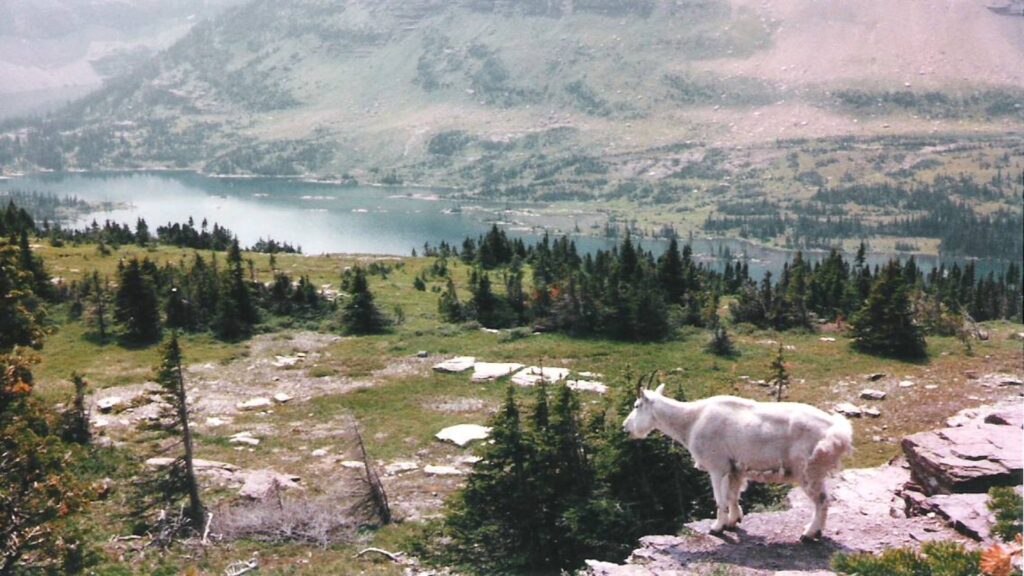
While Glacier National Park hosts healthy populations of moose and elk, it’s particularly renowned for mountain goat and bighorn sheep viewing opportunities. The Many Glacier Campground provides access to trails where these surefooted mountain specialists can be observed navigating seemingly impossible terrain. Wildlife enthusiasts should hike the Highline Trail from Logan Pass (accessible from St. Mary Campground) for almost guaranteed mountain goat sightings along the Garden Wall. The park’s diverse ecosystems also support grizzly bears, black bears, and wolverines, though these elusive predators require more patience and sometimes spotting scopes to observe safely.
Olympic National Park, Washington: Roosevelt Elk Sanctuary
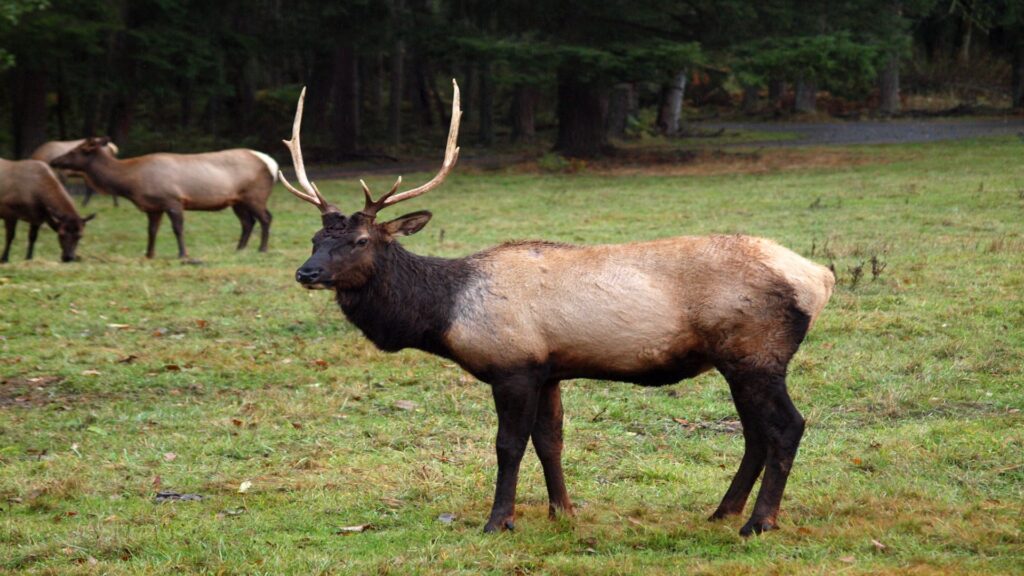
Olympic National Park protects the largest remaining population of Roosevelt elk in the world, a subspecies named after President Theodore Roosevelt. The Hoh Rainforest Campground offers extraordinary opportunities to observe these magnificent animals against the backdrop of moss-draped ancient forests. Unlike their Rocky Mountain cousins, Roosevelt elk remain in the lowland forests year-round, making viewing possible in any season. The park’s unique geography, spanning from coastal beaches to alpine meadows, also supports black bears, mountain goats, and diverse marine mammals, creating a multi-ecosystem wildlife viewing experience unmatched elsewhere.
Banff National Park, Alberta: Canadian Rockies Wildlife Corridor
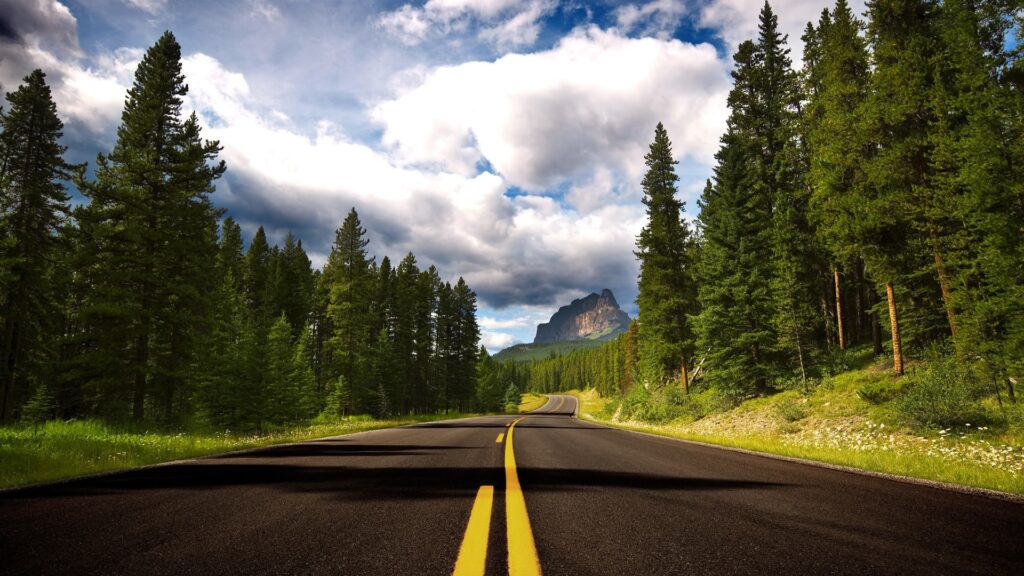
As Canada’s oldest national park, Banff protects critical habitat for numerous large mammals throughout the Canadian Rockies. The Two Jacks Lakeside and Lake Louise campgrounds position visitors near prime wildlife corridors where elk, moose, bighorn sheep, and occasionally grizzly bears move through the valleys. Early morning drives along the Bow Valley Parkway frequently reward wildlife watchers with animal sightings, particularly during spring and fall migrations. The park’s strict food storage regulations help minimize human-wildlife conflicts while protecting both visitors and animals in this heavily visited but carefully managed wilderness.
Katmai National Park, Alaska: Brown Bear Capital
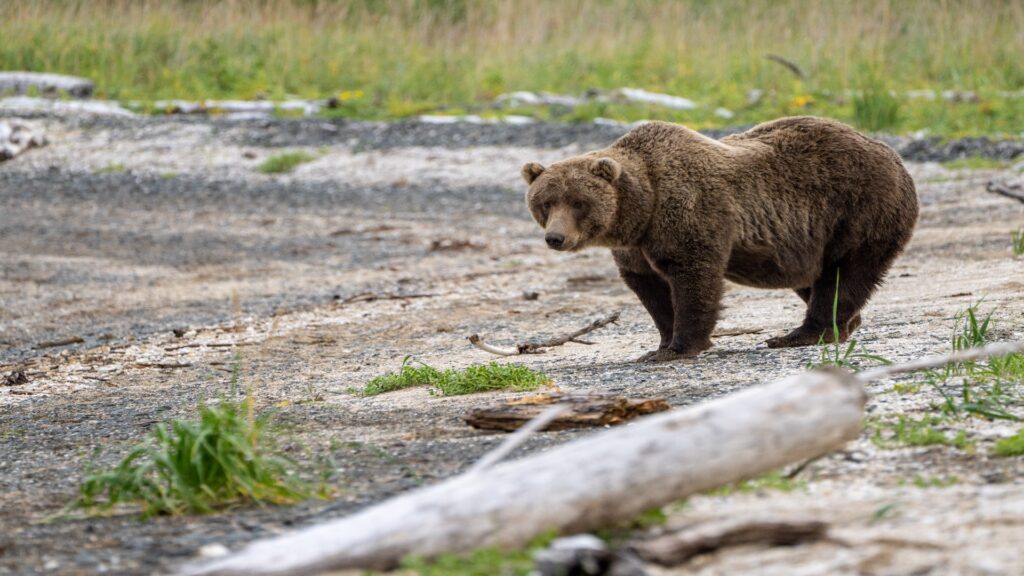
For those seeking the thrill of observing North America’s largest predators, Katmai National Park offers unparalleled brown bear viewing opportunities. The Brooks Camp, with its campground and viewing platforms, provides safe observation of dozens of bears fishing for salmon at Brooks Falls from late June through September. While less known for ungulates, the park’s diverse ecosystem supports moose and caribou, creating a full-spectrum wildlife experience. Advance reservations are essential, as the Brooks Camp Campground’s 60 sites fill quickly for this bucket-list wildlife viewing opportunity.
Wildlife Viewing Ethics and Safety
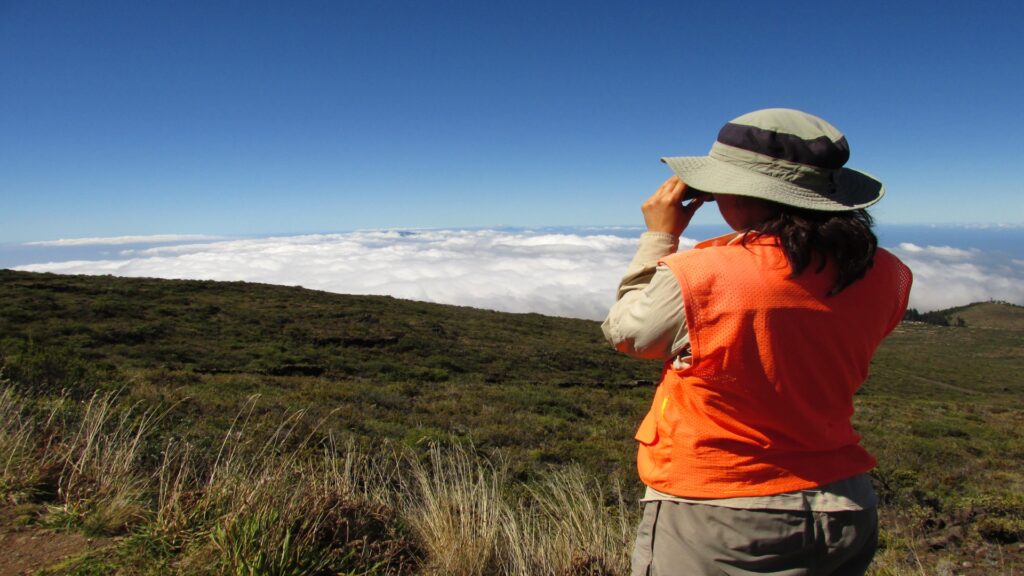
Responsible wildlife viewing begins with maintaining appropriate distances—at least 100 yards from predators like bears and wolves and 25 yards from ungulates like moose and elk. Binoculars and telephoto lenses enable close observation without disturbing animals’ natural behaviors or putting yourself at risk. Never feed wildlife, as this creates dangerous dependencies and alters natural foraging behaviors. Camping in wildlife-rich areas requires strict food storage in designated containers or lockers to prevent attracting animals to your site. Remember that wildlife viewing requires patience and often means remaining quiet in one location for extended periods, particularly during early morning and evening hours when animals are most active.
Seasonal Considerations for Wildlife Camping
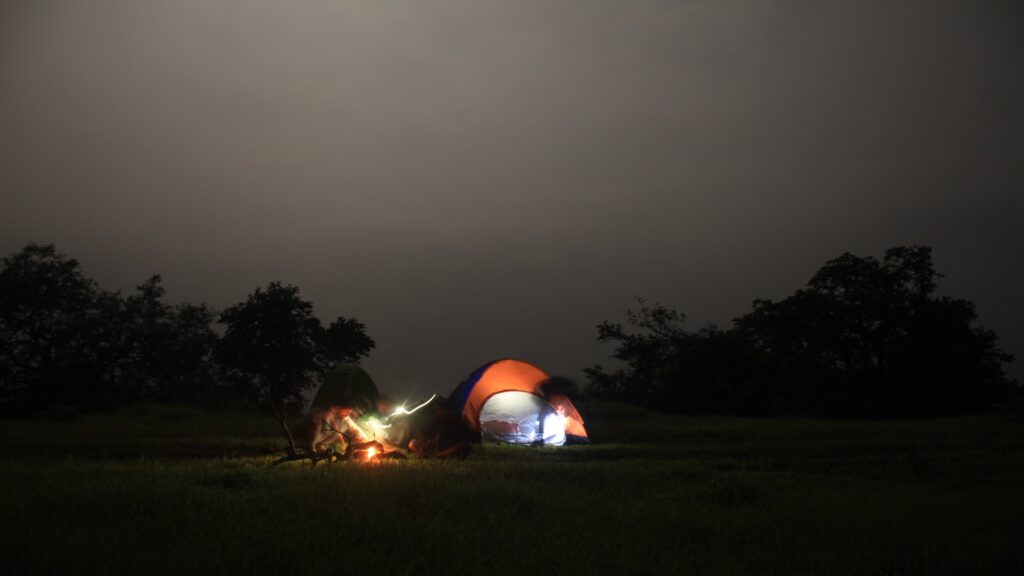
Wildlife viewing opportunities vary dramatically by season, with each offering unique advantages. Spring brings newborn calves and fawns plus animals seeking mineral-rich new vegetation near roadsides and meadows. Summer disperses wildlife to higher elevations but provides the longest daylight hours for observation. Fall triggers mating seasons with spectacular displays like elk bugling and moose sparring, plus increased movement as animals prepare for winter. Winter camping, while challenging, offers the advantage of snow tracking and increased visibility through leafless forests, though many campgrounds close during this season. Researching the specific patterns of your target species can dramatically increase success rates regardless of when you visit.
Photography Tips for Wildlife Campgrounds
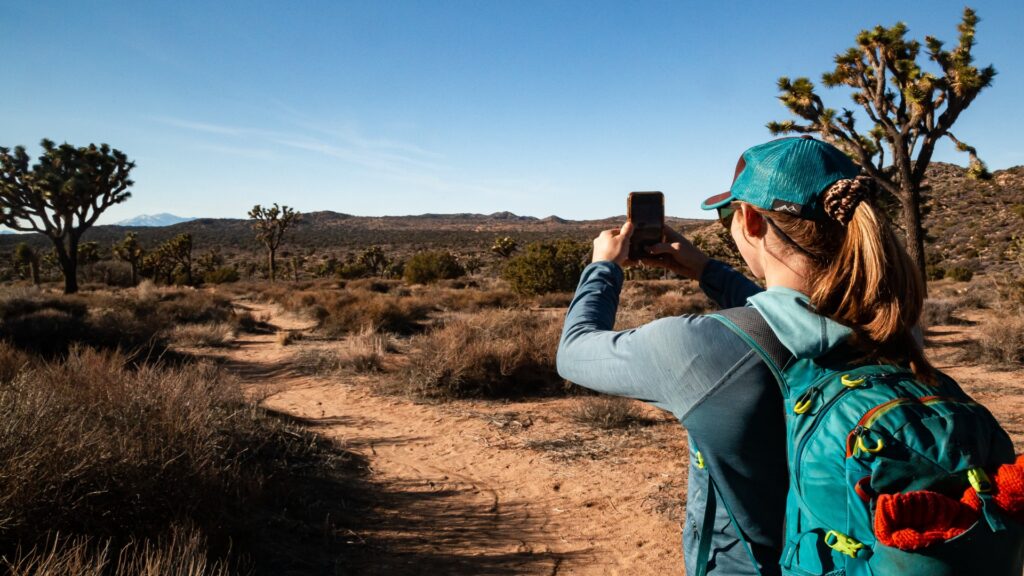
Capturing memorable wildlife images starts with preparation long before pressing the shutter button. A sturdy tripod becomes essential for the low-light conditions of dawn and dusk when animals are most active. Telephoto lenses with focal lengths between 300 and 600 mm allow respectful distance while still capturing detail, though image-stabilized binoculars can provide enjoyable viewing for those not focused on photography. Position yourself with consideration for lighting—early morning backlighting creates dramatic silhouettes, while side lighting reveals texture in fur and antlers. Always prioritize animal welfare over getting “the shot,” as stressing wildlife for photography is both unethical and potentially dangerous.
Conclusion
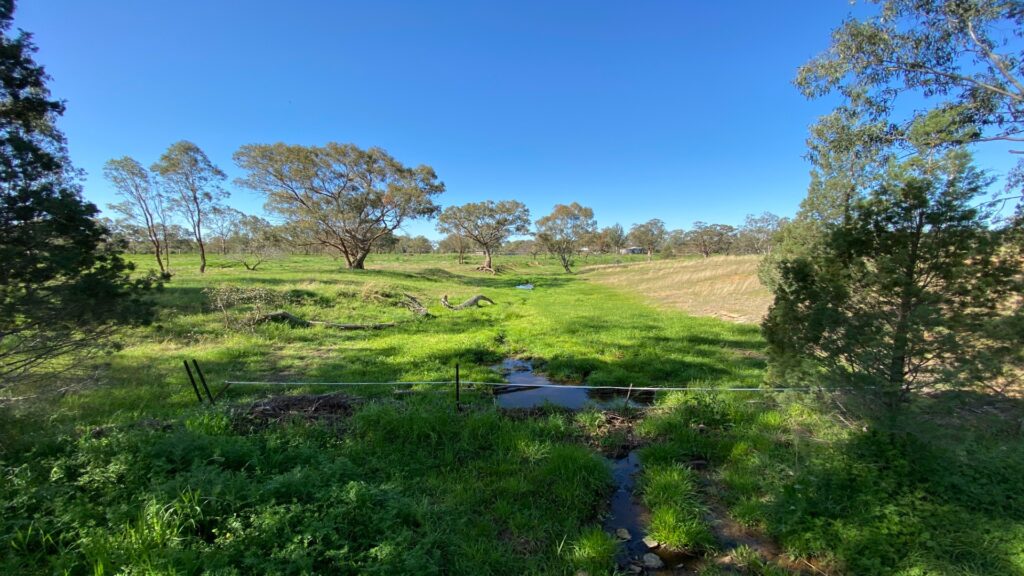
Wildlife viewing combines the serenity of camping with the exhilaration of animal encounters in their natural habitat. The campgrounds highlighted here offer some of North America’s most reliable opportunities to observe magnificent creatures on their terms, in environments where they thrive. While sightings can never be guaranteed, these locations stack the odds heavily in your favor.
Remember that the most rewarding wildlife experiences often come not from checking species off a list but from the quiet moments of connection—watching a moose and calf wade through morning mist or hearing an elk bugle echo across mountain valleys as dusk falls. These experiences remind us why protecting these wild spaces and the creatures that inhabit them remains so vital to our shared natural heritage.

